
Cannaregio: The Authentic Heart of Venice
Discover Cannaregio, Venice's authentic heart, where history, culture, and local charm blend effortlessly for an unforgettable experience.
Cannaregio, one of the six sestiere of Venice, offers a serene escape from the bustling tourist hotspots. Nestled in the northern part of the city, this neighborhood boasts a rich history and genuine Venetian charm. As you wander through its picturesque streets and canals, you'll encounter a blend of local life and historical allure. Cannaregio is home to the famous Jewish Ghetto, established in 1516, making it Europe's first-ever ghetto. Here, you can visit synagogues and the Jewish Museum, which provide insight into the area's significant cultural and historical impact. This district also features stunning architecture, from Gothic churches like Madonna dell'Orto to the Renaissance beauty of Palazzo Labia. For those craving a taste of authentic Venetian cuisine, Cannaregio's numerous trattorias, osterias, and bacari (wine bars) offer delightful local dishes and cicchetti (small snacks). The Fondamenta della Misericordia and Fondamenta dei Ormesini are particularly popular spots where locals and tourists alike gather to enjoy a relaxed evening by the canals. In addition to its historical and culinary attractions, Cannaregio is a vibrant area for art and culture. The Ca' d'Oro, a magnificent Gothic palace, houses the Galleria Giorgio Franchetti, showcasing an impressive collection of Renaissance art. The neighborhood also hosts various events and festivals throughout the year, adding to its lively atmosphere. Whether you're exploring its hidden corners, enjoying a leisurely gondola ride, or simply soaking in the local ambiance, Cannaregio offers an authentic Venetian experience that will remain in your memory long after your visit.
Local tips in Cannaregio
- Visit the Jewish Ghetto early in the morning to avoid crowds and have a more intimate experience.
- Enjoy a meal at a local bacaro for an authentic taste of Venetian cicchetti and spritz.
- Take a leisurely stroll along the Fondamenta della Misericordia and Fondamenta dei Ormesini for a lively evening atmosphere.
- Visit the Ca' d'Oro early in the day to fully appreciate its art collection without the crowds.
- Explore the side streets and lesser-known canals to discover hidden gems and local life.
Cannaregio: The Authentic Heart of Venice
Cannaregio, one of the six sestiere of Venice, offers a serene escape from the bustling tourist hotspots. Nestled in the northern part of the city, this neighborhood boasts a rich history and genuine Venetian charm. As you wander through its picturesque streets and canals, you'll encounter a blend of local life and historical allure. Cannaregio is home to the famous Jewish Ghetto, established in 1516, making it Europe's first-ever ghetto. Here, you can visit synagogues and the Jewish Museum, which provide insight into the area's significant cultural and historical impact. This district also features stunning architecture, from Gothic churches like Madonna dell'Orto to the Renaissance beauty of Palazzo Labia. For those craving a taste of authentic Venetian cuisine, Cannaregio's numerous trattorias, osterias, and bacari (wine bars) offer delightful local dishes and cicchetti (small snacks). The Fondamenta della Misericordia and Fondamenta dei Ormesini are particularly popular spots where locals and tourists alike gather to enjoy a relaxed evening by the canals. In addition to its historical and culinary attractions, Cannaregio is a vibrant area for art and culture. The Ca' d'Oro, a magnificent Gothic palace, houses the Galleria Giorgio Franchetti, showcasing an impressive collection of Renaissance art. The neighborhood also hosts various events and festivals throughout the year, adding to its lively atmosphere. Whether you're exploring its hidden corners, enjoying a leisurely gondola ride, or simply soaking in the local ambiance, Cannaregio offers an authentic Venetian experience that will remain in your memory long after your visit.
Iconic landmarks you can’t miss
Ghetto Ebraico - Comunità Ebraica di Venezia
Discover the Ghetto Ebraico in Venice, a historical landmark that celebrates Jewish culture through stunning architecture, museums, and local traditions.
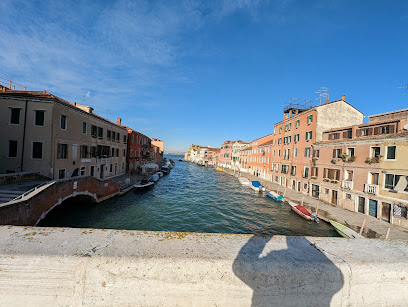
Church of Madonna dell'Orto
Discover the tranquil beauty and artistic treasures of the Church of Madonna dell'Orto in Venice's charming Cannaregio district.
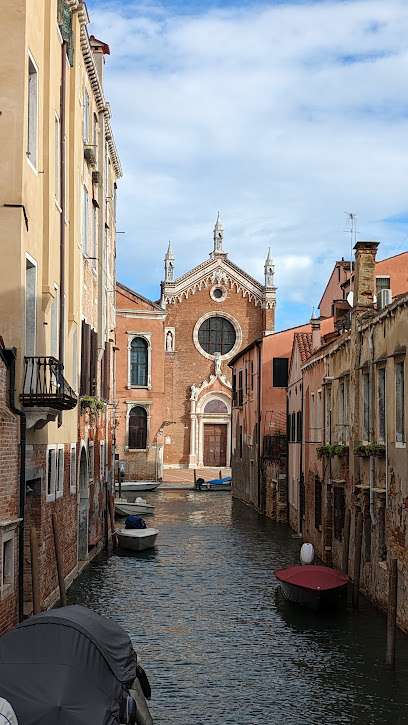
Ponte dei Tre Archi
Explore the enchanting Ponte dei Tre Archi, a tranquil Venetian bridge offering breathtaking views and a glimpse into local life.
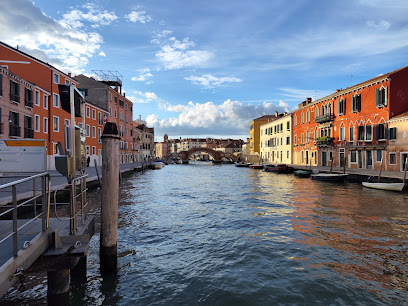
Parco Savorgnan
Explore the serene beauty of Parco Savorgnan, a tranquil park in Venice perfect for relaxation, picnics, and immersing in local culture.
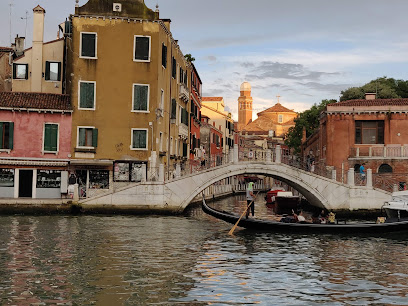
Casa del Tintoretto
Experience the artistic legacy of Jacopo Tintoretto at Casa del Tintoretto, a historical landmark in Venice that reveals the city's rich cultural history.

Monument to Paolo Sarpi
Discover the Monument to Paolo Sarpi, a historical gem in Venice honoring the legacy of an influential Italian historian amidst stunning Venetian scenery.
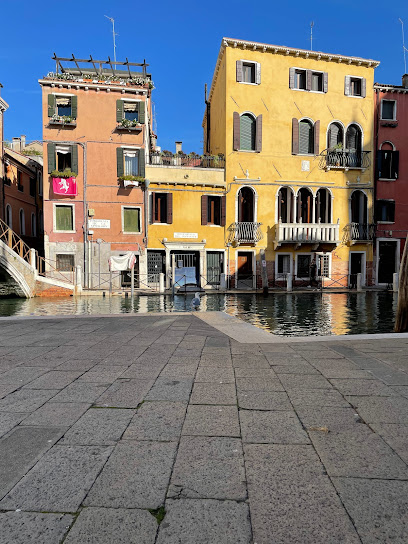
Oratory of Crociferi
Discover the serene beauty and artistic treasures of the Oratory of Crociferi, a hidden gem in the heart of Venice's vibrant cultural landscape.
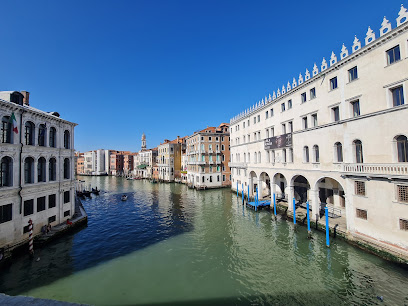
Church of the Holy Face
Discover the tranquil beauty and artistic heritage of Venice at the Church of the Holy Face, a hidden gem of spirituality and culture.
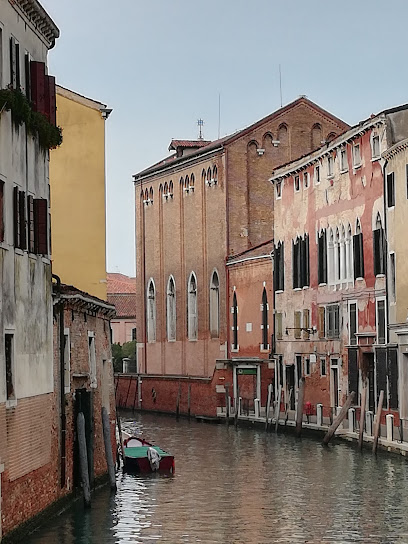
Fondamenta Cannaregio
Experience the historic beauty of Fondamenta Cannaregio, a charming waterfront haven in Venice, perfect for leisurely strolls and local delicacies.
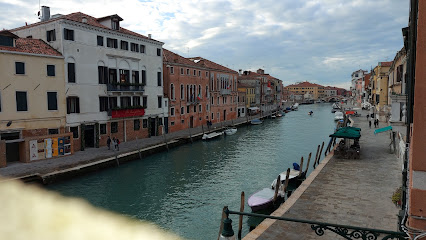
Palazzo Contarini Pisani
Explore the architectural beauty and rich history of Palazzo Contarini Pisani, a stunning historical landmark in the heart of Venice.
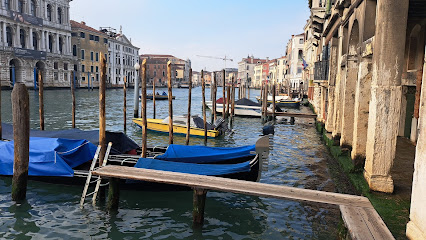
Unmissable attractions to see
Galleria Giorgio Franchetti alla Ca' d'Oro
Explore the breathtaking Galleria Giorgio Franchetti alla Ca' d'Oro, a premier art museum in Venice showcasing Renaissance masterpieces and stunning canal views.
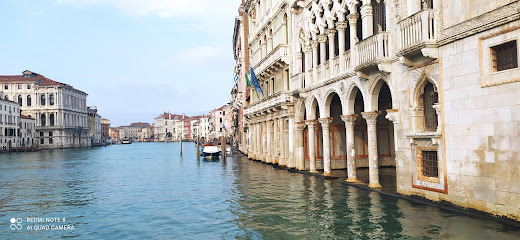
Parco Savorgnan
Experience the tranquil beauty of Parco Savorgnan, a serene community park in Venice, perfect for relaxation and nature lovers.
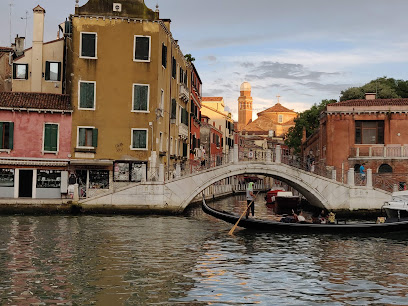
Ghetto di Venezia
Explore Ghetto di Venezia, the historic heart of Venice's Jewish community, where rich heritage meets vibrant culture and delicious cuisine.
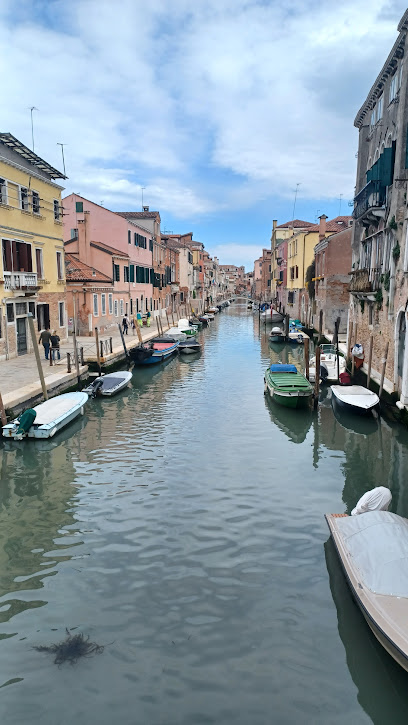
Ca' Gatti Casazza
Explore the charm of Ca' Gatti Casazza, a picturesque tourist attraction steeped in history and Venetian culture in the heart of Venice.
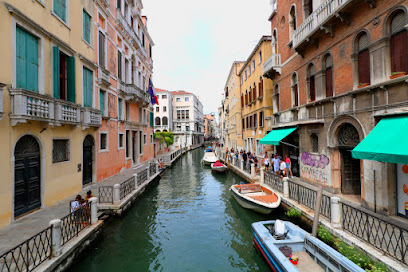
Rio della Misericordia
Explore the tranquil beauty of Rio della Misericordia, a hidden Venetian canal perfect for leisurely strolls and picturesque views.
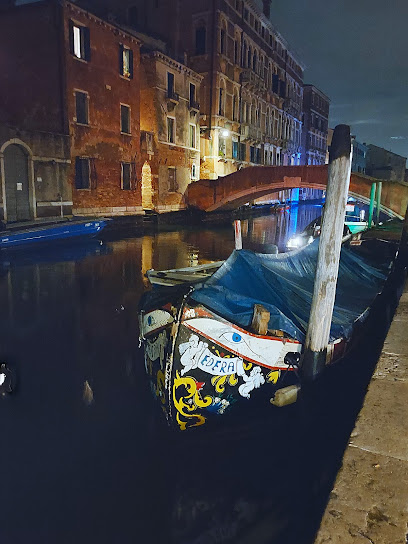
Campo de l'Abazia
Campo de l'Abazia: A serene Venetian square offering a glimpse into local life amidst stunning architecture and vibrant surroundings.
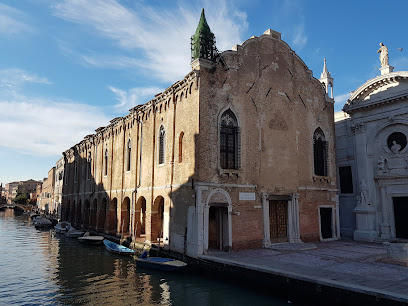
Essential places to dine
Puppa Bar Venezia
Discover Puppa Bar Venezia: A delightful restaurant offering authentic Italian pizza and breakfast in a charming Venetian setting.
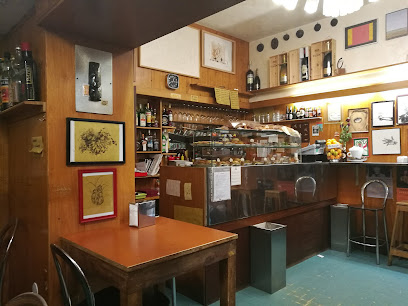
Trattoria Il Vagone
Experience authentic Venetian seafood at Trattoria Il Vagone—where every dish tells a story of Italy's rich culinary heritage.
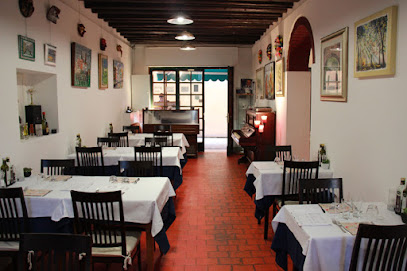
Osteria al Cicheto
Experience authentic Italian cuisine at Osteria al Cicheto in Venice – where every meal tells a story of tradition and flavor.
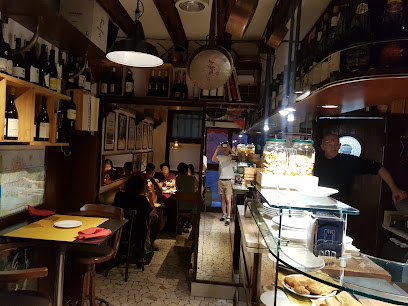
Trattoria Da Gigio
Experience authentic Venetian flavors at Trattoria Da Gigio, where fresh seafood meets traditional Italian hospitality in a charming setting.
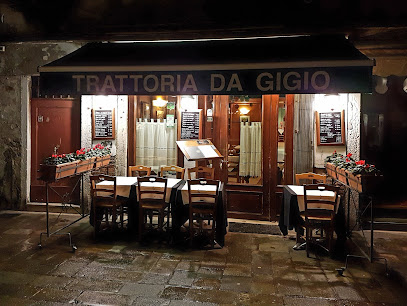
Ristorante Al Corner
Experience authentic Italian cuisine at Ristorante Al Corner in Venice – a culinary treasure blending tradition with local flavors.
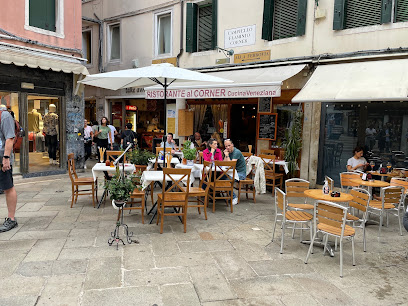
El Magazen
Experience authentic Venetian cuisine at El Magazen, where fresh seafood meets warm Italian hospitality in the heart of Venice.
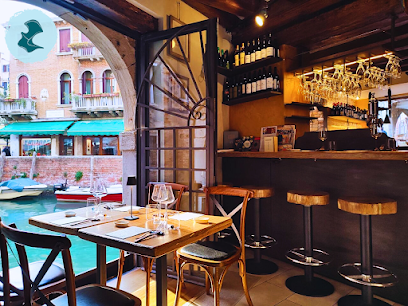
Osteria Al Cantinon
Discover authentic Venetian cuisine at Osteria Al Cantinon, where tradition meets flavor in the heart of Venice.
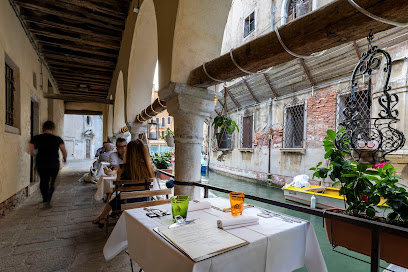
La Colombina
Experience exquisite Italian flavors at La Colombina in Venice's enchanting Cannaregio district.
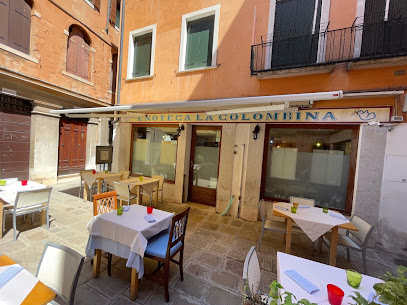
Agli Archi - Ristorante, Enoteca, Cicchetti Gourmet
Experience authentic Venetian cuisine at Agli Archi - indulge in gourmet cicchetti and exquisite wines amidst Venice's enchanting canals.
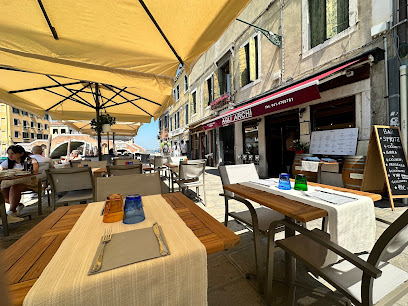
Osteria L’Orto dei Mori
Discover authentic Venetian cuisine at Osteria L’Orto dei Mori – where tradition meets flavor in a charming setting.
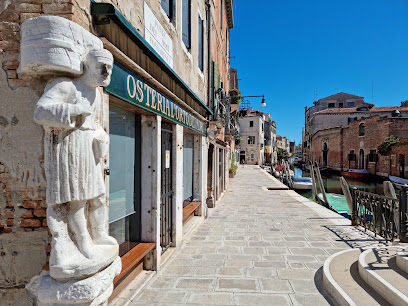
Markets, malls and hidden boutiques
Feelin' Venice
Explore Feelin' Venice for unique souvenirs and gifts that embody the charm and culture of this iconic city.
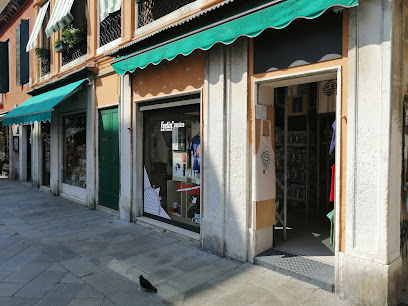
David's Shop
Explore David's Shop in Venice for exquisite gifts, featuring unique Jewish memorabilia and stunning Murano glass treasures.
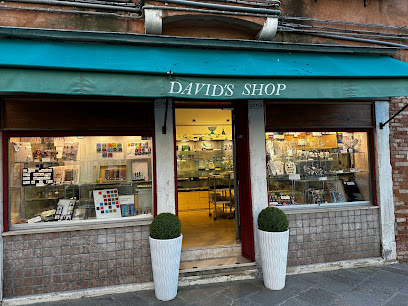
The Merchant of Venice store - Spezieria all'Ercole d'Oro
Explore The Merchant of Venice, a luxurious perfume store in Venice offering exquisite fragrances inspired by the city's rich heritage and culture.
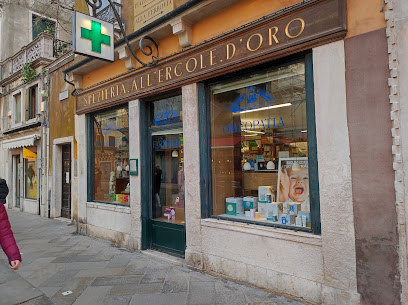
Venice Fashion
Discover authentic Venetian treasures at Venice Fashion, where each souvenir captures the essence of this enchanting city.
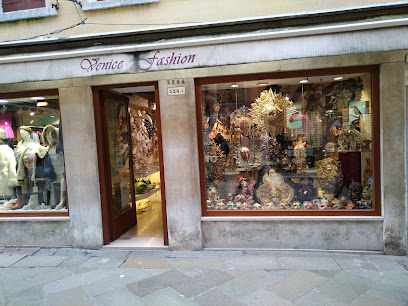
Boutique Legami
Discover unique gifts and exquisite stationery at Boutique Legami, a must-visit shop in the heart of Venice.

Il Mercante Di Venezia
Explore the rich heritage and artisanal craftsmanship at Il Mercante Di Venezia, a must-visit store in the heart of Venice.
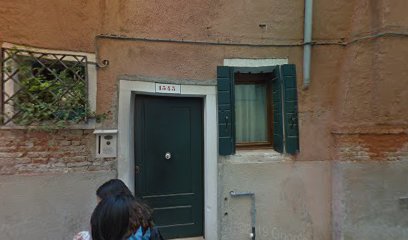
Souvenir shop Venezia
Discover unique souvenirs and authentic Venetian treasures at the charming Souvenir Shop Venezia, where every item tells a story.
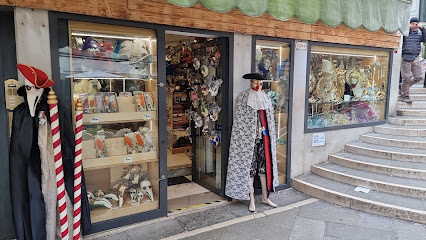
Boutique verre
Explore Boutique Verre in Venice for exquisite handcrafted gifts and authentic Venetian glassware, perfect souvenirs for every traveler.

cannarrgio
Explore Cannaregio, a charming gift shop in Venice, where local artisans showcase unique souvenirs and traditional Venetian craftsmanship.

Boutique souvenir
Explore a charming boutique souvenir shop in Venice, offering unique gifts and mementos that capture the city's rich culture and history.

Essential bars & hidden hideouts
Puppa Bar Venezia
Experience the essence of Venetian hospitality at Puppa Bar Venezia, where delightful Italian cuisine meets a vibrant bar atmosphere.
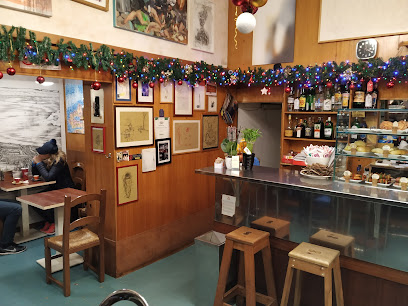
Al Parlamento
Experience the charm of Venice at Al Parlamento, a cozy bar in Cannaregio serving authentic cicchetti and local wines.
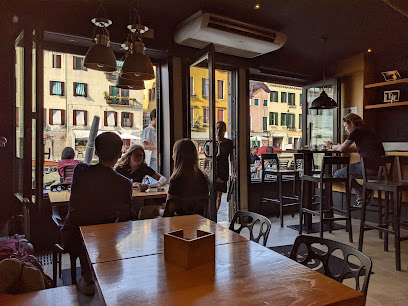
Il Santo Bevitore craft pub
Discover the charm of Il Santo Bevitore, Venice's premier craft pub, offering a delightful selection of local and international beers in a cozy setting.
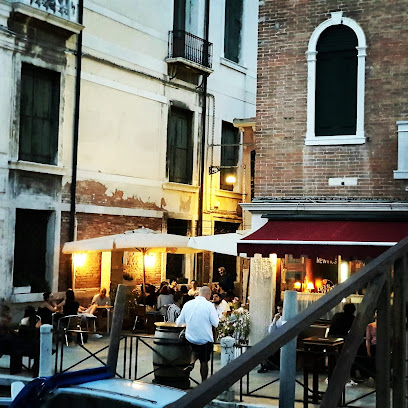
TiME Social Bar
Discover TiME Social Bar in Venice - where exquisite cocktails and delicious tapas meet a lively atmosphere for an unforgettable night.
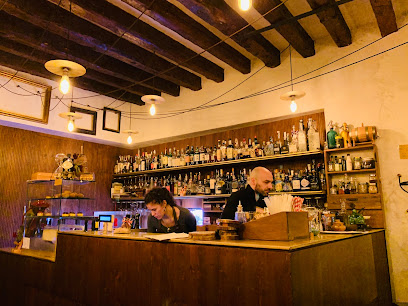
Birreria Zanon
Discover the authentic flavors of Venice at Birreria Zanon, a lively brewery and gastropub serving exquisite local beers and delicious Italian dishes.
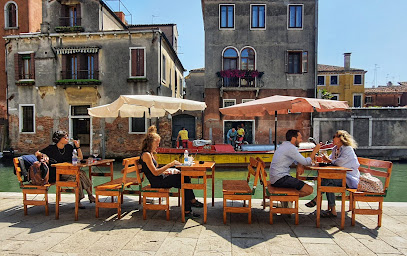
Bacaro Pub da Aldo Birre Da Tutto Il Mundo
Explore the authentic flavors of Venice at Bacaro Pub da Aldo Birre Da Tutto Il Mundo, where culinary traditions come to life in a charming bar setting.
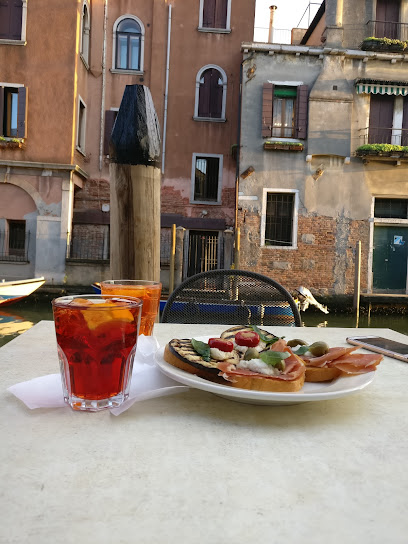
Rétro Wine Bar
Experience the enchanting ambiance of Rétro Wine Bar in Venice, where fine wines and cocktails meet charming retro decor.
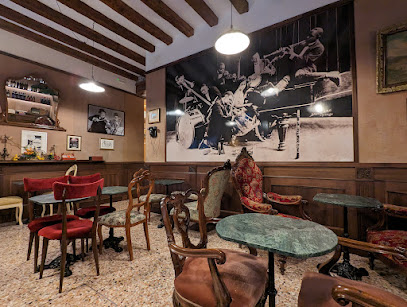
Vinile
Discover the vibrant nightlife of Venice at Vinile, a unique bar where eclectic drinks and a welcoming atmosphere meet the charm of the city.

Al Balcon
Discover Al Balcon, Venice's charming bar along the Cannaregio canal, offering local drinks, stunning views, and a cozy atmosphere for a perfect getaway.

La Voga Bar
Discover the elegance of La Voga Bar in Venice - a serene retreat for exquisite cocktails and light bites amidst the enchanting canals.
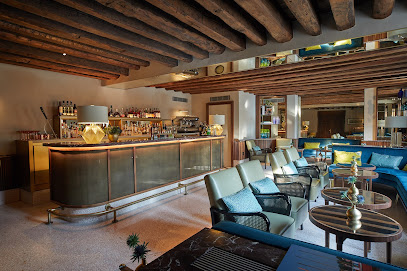
Local Phrases
-
- HelloCiao
[chow] - GoodbyeArrivederci
[ah-ree-veh-dehr-chee] - YesSì
[see] - NoNo
[noh] - Please/You're welcomePer favore/Prego
[pehr fah-voh-reh/preh-goh] - Thank youGrazie
[graht-zee-eh] - Excuse me/SorryScusi/Mi dispiace
[skoo-zee/mee dee-spyah-cheh] - How are you?Come stai?
[koh-meh stai] - Fine. And you?Bene. E tu?
[beh-neh. eh too] - Do you speak English?Parli inglese?
[pahr-lee een-gleh-zeh] - I don't understandNon capisco
[non kah-pee-skoh]
- HelloCiao
-
- I'd like to see the menu, pleaseVorrei vedere il menu, per favore
[vohr-reh-ee veh-deh-reh eel meh-noo, pehr fah-voh-reh] - I don't eat meatNon mangio carne
[non mahn-joh kahr-neh] - Cheers!Salute!
[sah-loo-teh] - I would like to pay, pleaseVorrei pagare, per favore
[vohr-reh-ee pah-gah-reh, pehr fah-voh-reh]
- I'd like to see the menu, pleaseVorrei vedere il menu, per favore
-
- Help!Aiuto!
[ah-yoo-toh] - Go away!Vai via!
[vah-ee vee-ah] - Call the Police!Chiama la Polizia!
[kyah-mah lah poh-leet-zee-ah] - Call a doctor!Chiama un medico!
[kyah-mah oon meh-dee-koh] - I'm lostMi sono perso
[mee soh-noh pehr-soh] - I'm illMi sento male
[mee sehn-toh mah-leh]
- Help!Aiuto!
-
- I'd like to buy...Vorrei comprare...
[vohr-reh-ee kohm-prah-reh] - I'm just lookingSto solo guardando
[stoh soh-loh gwahr-dahn-doh] - How much is it?Quanto costa?
[kwahn-toh kohs-tah] - That's too expensiveÈ troppo caro
[eh troh-poh kah-roh] - Can you lower the price?Puoi abbassare il prezzo?
[pwah-ee ahb-bahs-sah-reh eel preh-tsoh]
- I'd like to buy...Vorrei comprare...
-
- What time is it?Che ore sono?
[keh oh-reh soh-noh] - It's one o'clockÈ l'una
[eh loo-nah] - Half past (10)Le dieci e mezza
[leh dee-eh-chee eh meh-tzah] - MorningMattina
[maht-tee-nah] - AfternoonPomeriggio
[poh-meh-ree-joh] - EveningSera
[seh-rah] - YesterdayIeri
[ee-eh-ree] - TodayOggi
[oh-jee] - TomorrowDomani
[doh-mah-nee] - 1Uno
[oo-noh] - 2Due
[doo-eh] - 3Tre
[treh] - 4Quattro
[kwah-troh] - 5Cinque
[cheen-kweh] - 6Sei
[say] - 7Sette
[seht-teh] - 8Otto
[oh-ttoh] - 9Nove
[noh-veh] - 10Dieci
[dee-eh-chee]
- What time is it?Che ore sono?
-
- Where's a/the...?Dov'è...?
[doh-veh] - What's the address?Qual è l'indirizzo?
[kwahl eh leen-dee-ree-tsoh] - Can you show me (on the map)?Puoi mostrarmi (sulla mappa)?
[pwah-ee mohs-trar-mee soo-lah mahp-pah] - When's the next (bus)?Quando passa il prossimo (autobus)?
[kwahn-doh pahs-sah eel prohs-see-moh ow-toh-boos] - A ticket (to ....)Un biglietto (per ....)
[oon bee-lyet-toh pehr]
- Where's a/the...?Dov'è...?
History of Cannaregio
-
Cannaregio, one of the six historic districts of Venice, was established in the early Middle Ages. Its name is derived from the word 'canna,' meaning 'reed,' as the area was once characterized by marshy land and reeds. By the 9th century, it began to develop as a residential neighborhood, populated by the lower classes and artisans who contributed to the growing economy of Venice.
-
In 1516, Cannaregio became the site of the world's first Jewish ghetto, where Jews were required to live under restrictions. This area, surrounded by walls, became a vibrant center of Jewish life and culture, featuring synagogues, schools, and shops. The ghetto's architecture reflects the blend of Jewish and Venetian styles and remains a vital part of Cannaregio's cultural landscape.
-
Cannaregio's strategic position along the Grand Canal facilitated its growth as a hub for trade and commerce from the 13th century onward. The district became home to many prosperous merchants and influential families, leading to the construction of grand palaces, such as the Palazzo Dario and the Ca' Vendramin Calergi, which showcase the rich architectural heritage of Venice.
-
By the 18th century, Cannaregio started to decline as a commercial center due to changes in trade routes and the rise of other districts. However, the 20th century witnessed renewed interest in Cannaregio, prompting efforts to preserve its historical buildings and cultural heritage. Today, it is known for its authentic Venetian atmosphere, canals, and artisan shops, attracting both locals and tourists.
-
In contemporary times, Cannaregio has evolved into a cultural melting pot, reflecting Venice's diverse history. The neighborhood hosts various festivals, artistic events, and culinary experiences that celebrate its rich heritage. The presence of both historical landmarks and modern businesses highlights Cannaregio's role as a living part of Venice, where the past and present coexist harmoniously.
Cannaregio Essentials
-
Cannaregio is easily accessible from other neighborhoods in Venice. If you arrive at Santa Lucia Train Station, you can take the vaporetto (water bus) Line 1 or 2 directly to the Cannaregio area. Alternatively, you can walk along the scenic canals, which takes about 20-30 minutes. From Piazzale Roma, take Line 1 vaporetto towards Lido. For those arriving from Marco Polo Airport, the Alilaguna water shuttle service offers direct connections to Cannaregio.
-
Cannaregio is best explored on foot due to its narrow streets and charming canals. The vaporetto is also a convenient option for longer distances. Bicycles are not commonly used in Venice due to the city's unique layout, and cars are not permitted in the historic center. Local traghetti (gondola ferries) can also be used to cross the Grand Canal in certain places.
-
Cannaregio is generally safe for tourists, but like any city, it’s wise to take precautions. Petty crime such as pickpocketing can occur, particularly in crowded areas like the Strada Nuova. Avoid poorly lit areas at night and keep valuables secure. While violent crime is rare, it is advisable to stay vigilant in tourist-heavy locations.
-
In case of an emergency, dial 112 for police, fire, or medical assistance. For non-urgent medical needs, there are several pharmacies throughout Cannaregio. It is advisable to have travel insurance that covers medical emergencies, and the nearest hospital is the Ospedale Civile.
-
Fashion: Do wear comfortable shoes for walking, but avoid beachwear outside of the beach areas. Religion: Do respect local customs; when visiting churches, dress modestly. Public Transport: Do validate your vaporetto ticket before boarding. Don’t eat or drink on the vaporetto. Greetings: Do greet locals with a polite 'Buongiorno' (Good morning) or 'Buonasera' (Good evening). Eating & Drinking: Do try local cicchetti (Venetian tapas) and enjoy a spritz. Don’t bring large bags into restaurants, as it may not be permitted.
-
To experience Cannaregio like a local, visit the Jewish Ghetto, one of the oldest in Europe, and explore its rich history. Enjoy a coffee at a local bacaro (wine bar) and try some cicchetti. For a quieter experience, wander the less touristy backstreets and discover hidden gems like artisan shops and local markets. Engage with residents; Venetians are often eager to share their stories and recommendations.
Nearby Cities to Cannaregio
-
Things To Do in Piran
-
Things To Do in Portorož
-
Things To Do in Verona
-
Things To Do in Izola
-
Things To Do in Koper
-
Things To Do in Rovinj
-
Things To Do in Ravenna
-
Things To Do in Trieste
-
Things To Do in Nova Gorica
-
Things To Do in Sežana
-
Things To Do in Bologna
-
Things To Do in Pula
-
Things To Do in Modena
-
Things To Do in Postojna
-
Things To Do in Opatija













